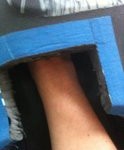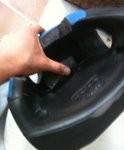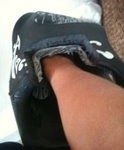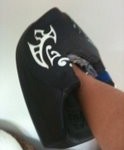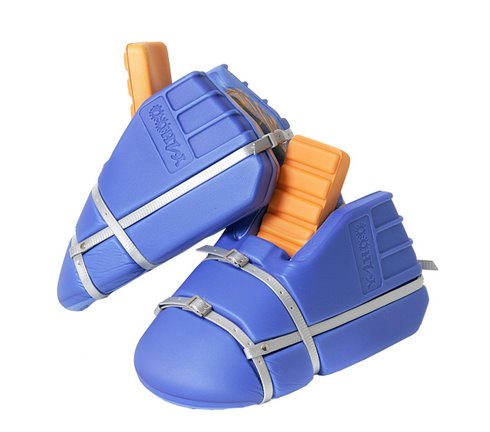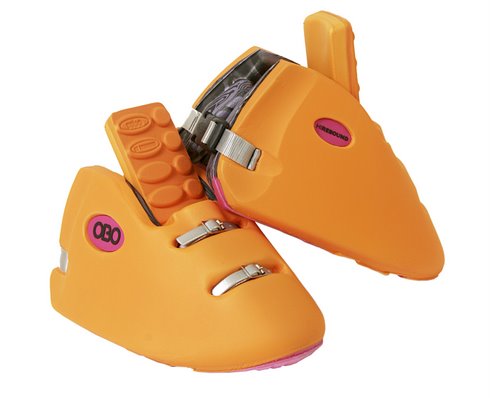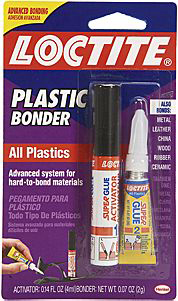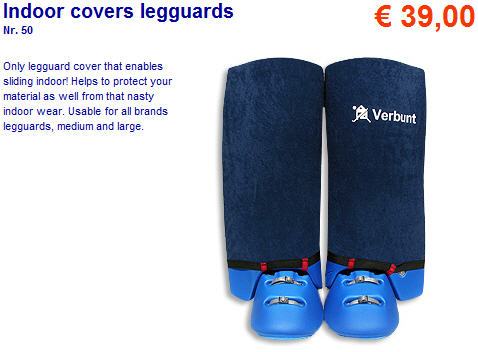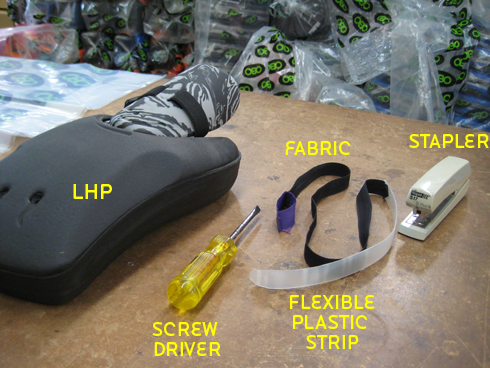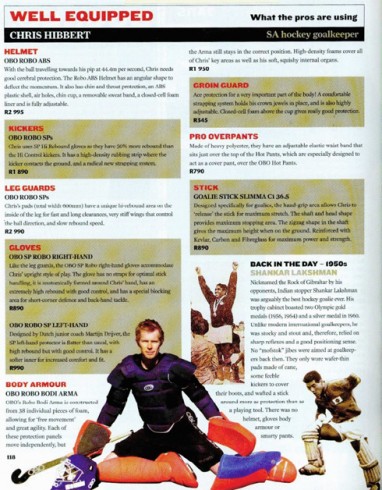Sticks used by outfielders are actually a good option for us goalkeepers. Their weight and strength makes them good for shot blockers and aggressive style keepers who also like to sweep the ball away with the stick. With some goalkeeper style sticks on the market too light and badly balanced, they are a suitable stick for those wanting an effective save making option.
A normal defender’s stick makes a suitable stick for a goalkeeper; the flat horizontal surface (remember, an attacker’s stick is curved for better flicks!) is capable of stopping shots, whilst the stick properties make it great for an aggressive and shot stopping style of play. Aggressive goalkeepers (myself included) often prefer a flat stick because it makes it easier to stick tackle; instead of rolling over as a goalkeeper specific stick can (due to its curved nature at the head, and more so, if it has ‘kinks’ in the middle), a defender’s stick stays firm when stick tackling, whilst the added weight gives greater clearance when sweeping the ball away.
Unlike the recent types light weight ‘goalkeeper’ and indoor sticks used by goalies, they have greater mass on the save; stopping the ball from pinging off (and potentially into the back of the net) during the save action, which is something the Dutch have known about for a long time. If you look at the best Hoofdklasse goalies Vogels, Stockmann, Veering and Blaak, you will notice they all use outfielders’ sticks. This gives greater rebound control, for ‘dead-stop’ saves (where the ball is stopped and dropped to the floor, to kick away), or enhanced ability in turning away the ball on the shot, to safety on the redirect. Martin Drivjer (the well known Dutch goalkeeping coach and guru) has been coaching the Spanish international goalkeepers, which is why you will see their current crop of keepers using outfielders’ sticks; with Fransisco Cortes (who plays his club hockey for Club Egara), a good example of this trend. The German goalkeepers are also aware of the benefits of using such sticks, with the majority of the Bundesliga goalkeepers making use of them. Belgian goalkeepers too are using outfield sticks for these reasons.
When purchasing an outfield stick, you should be aware of the way the stick curves in relation to your ability to make saves with it. A forward’s stick is often designed for drag flicking, or ball control (where the ball is kept at a distance, in a circular width away from the body), where the stick is curved, and has a greater bend (a ‘bow’) for raised the ball up with momentum when driving forward through the flick; this isn’t good for a goalkeeper, as the ball can redirect off the stick into goal. A defender’s stick, on the other hand, offers a flat blocking surface to stop the ball flat without the danger of it rebounding oddly. The width of the stick also affects save ability; a wider stick would give you more surface area for coverage when shot blocking, whereas a slimmer stick would obviously offer less.
Outfielder’s sticks also have a better balance on the stick, compared to some ‘goalkeeper’ designs of stick that have been produced, like the Grays, which is very unbalanced. This is why more goalkeepers are switching back to using the ‘standard playing stick’, having learnt about the advantages. Simon Mason, has recently switched over to a Mercian defender’s stick, is a good example. With a properly balanced stick, the goalkeeper has the advantage of being able to make efficient saves with the stick, able to move it into position to block, without swinging or having the stick pull down. With a good centre point, for a well balanced stick; rather than a head-heavy, or tilted stick, over weighing to one side, the goalkeeper is better placed to make accurate saves with the stick.
The majority of the English national premier league goalkeepers (excluding the second choice keeper) actually currently use outfield sticks: Nick Brothers, James Fair, George Pinner and Ian Scanlon all use an Adidas, whilst Chris Bristow uses a Gryphon. Allan Dick, the capped Scottish international from Azurri Kelburne, used a TK stick in his time at Surbiton. James Bailey, the touted Junior GB U21s keeper, also uses a TK stick. Goalkeepers in the national conference leagues, like Old Loughtonians’ Stuart Hendy, are also aware of the benefits and have begun using them.
You can also get varying weights of stick, from the large amount of different sticks available. The problem with lighter sticks is that they do not give good power, for clearances on the ground (when sweeping the ball away), or when slide tackling. With a heavier stick, in comparison, the goalkeeper can actively power away the ball. Wooden sticks are good saving tool in their blocking mass and strength of clearance. However, they can be quite heavy, therefore limiting the movement of the right hand (weighing down the arm) and save opportunities, such as making a blocking save with the rhp on a drag flick. The modern fibreglass composite designs reduce the weight; giving a more medium weight, whilst still retaining the mass and blocking features. Although the lighter they are, the less power they will have for making long clearances.
Ultimately, outfielders’ sticks provide a good stick for those goalkeepers who like to make stick saves, as well as being able to clear the ball with distance when faced with a loose rebound, or trying to get the ball clear when down on the ground (to get it away, or give enough time to recover). Being more ‘meaty’ than indoor sticks, they also provide more mass on the save to prevent the ball awkwardly redirecting back. Features that can’t always be provided for this by other sticks are provided by the design of the outfielder’s stick.
Pros
-
Lower positioning, (stick not raised up by ‘kinks’) for full contact with the ground means no gaps, and strong blocking surface against the on-ground shot
-
Easy to get hold of
-
Affordable prices
-
Greater mass within stick ensures that ball does not deflect off, but is blocked, compared with a light composite design
-
Weight provides a better clearance on the save
-
Better stick tackling capabilities; no chance of stick rolling over with ‘flatter’ design
-
Stick head gives enough coverage for making saves to the top of the stick
-
Wide variety available to suit individual preferences (including weight, length etc.)
Cons
-
Covers less space on low/ground shots due to shape (straight design with no added ‘kinks’ for a larger barrier against the shot); less blocking surface area for playing percentages
-
Heavy weight can mean the goalkeeper struggles to move their right arm for saves with the rhp

